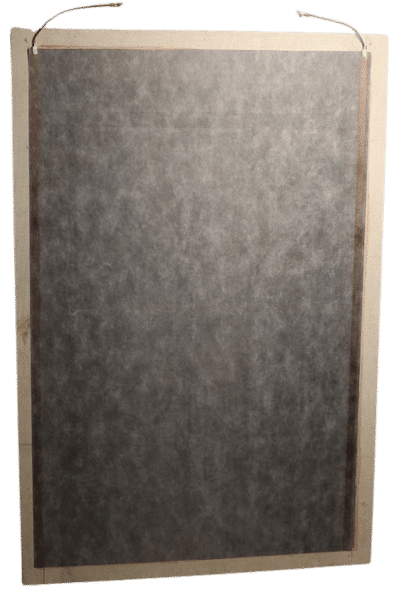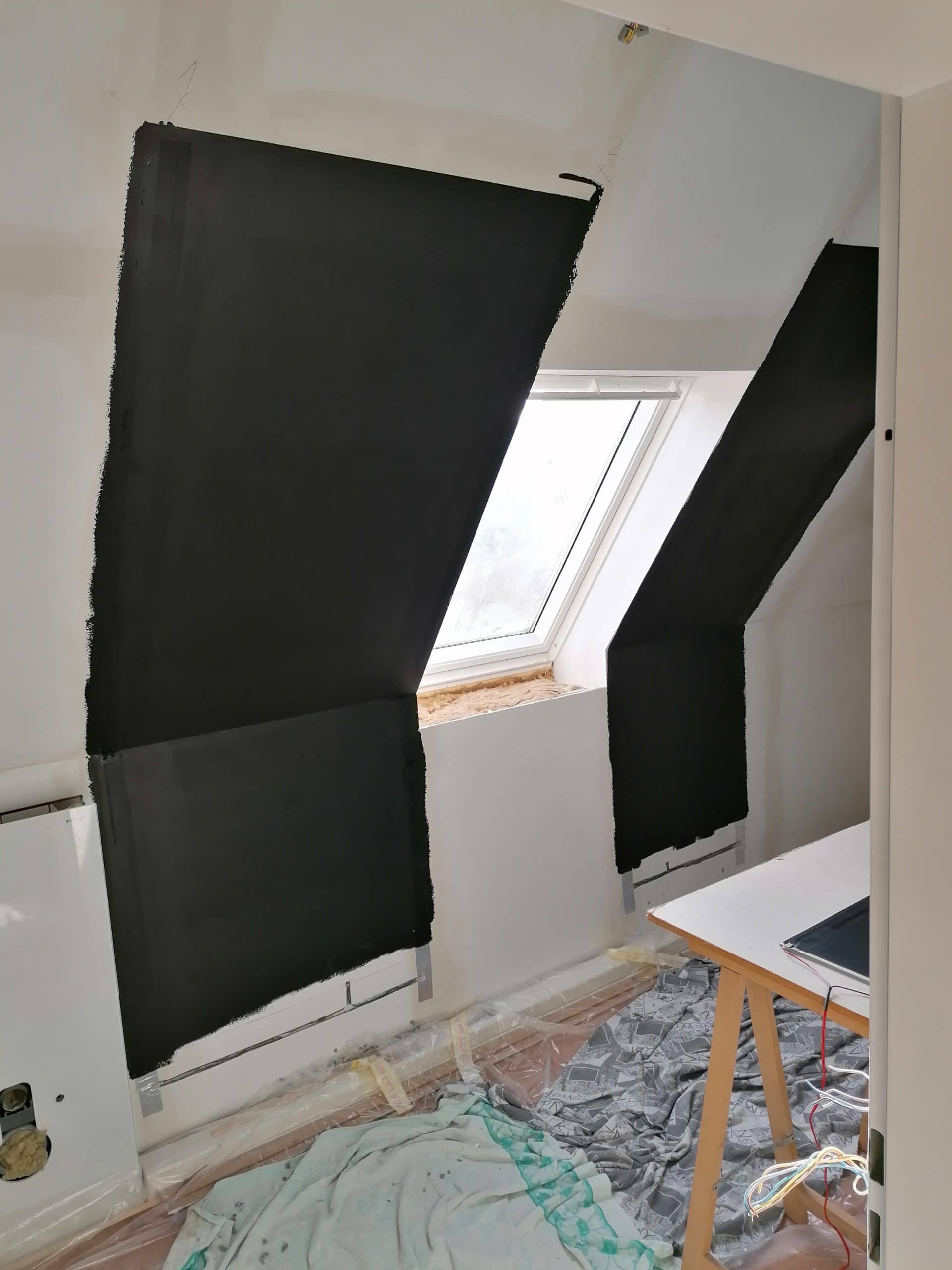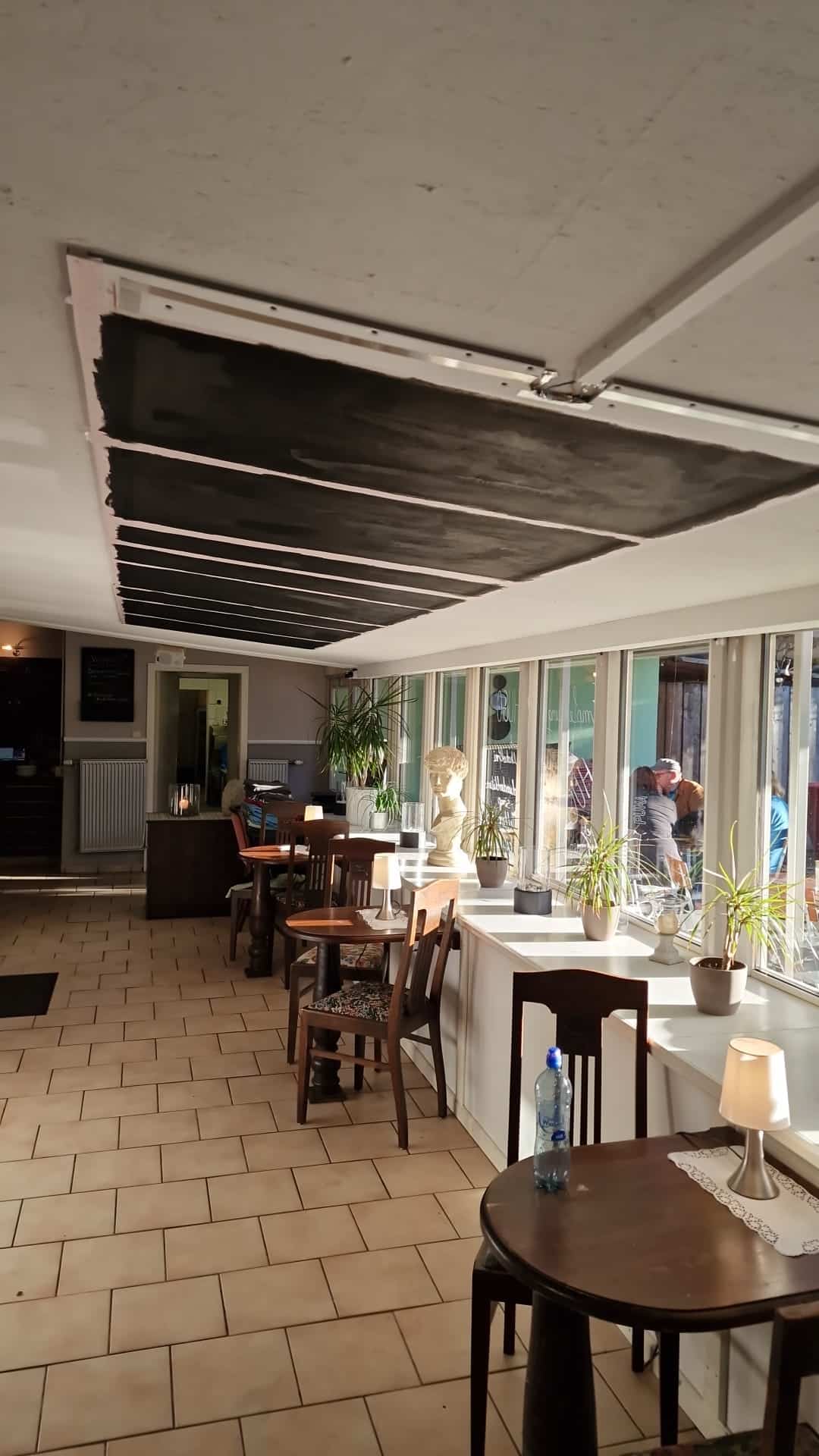Comfort with infrared heating
Do you already know our carbon heating?
Comfort with infrared heating
Do you already know our carbon heating?
Infrared heating with carbon – the new heating system
If you are building a new home, want to replace the old heating system in your home or even need to renew it, the question arises as to which type of heating is best suited. The best solution is a heating system that does not harm the climate or our environment. Gas or even oil heating systems are therefore no longer up to date! Electrically operated heat pumps are very often installed as an alternative. The prices for a heat pump are usually very high. Radiators and pipes need to be fitted and a hot water tank also installed. This is all very costly and also requires considerable maintenance costs over the years. Infrared heating with carbon is a very inexpensive option here! Infrared heaters have many advantages and are the best possible alternative to conventional heating systems.
Infrared heaters with carbon are not only much cheaper to buy than other heating systems, they can also be installed invisibly as ceiling heating or on the wall, thus saving a lot of space. Below you will find all the important information about infrared carbon radiant heating – the best of all heating systems in your house or apartment!
Infrared heating and how it works.
Infrared heating with carbon is radiant heating, which means that it only heats the surfaces in the rooms, i.e. all walls, floors, furnishings and people in the radiation range of four to six meters. It is precisely this principle that makes infrared heating so popular. The even distribution of heat to the room surfaces creates a particularly healthy climate. The heat does not move through the room, but is continuously emitted from the surrounding surfaces. Conventional heating systems usually heat by convection, which means they heat the air in the room. The heated room air is set in motion, which causes dust to be stirred up.
This effect, which can also be harmful to health and makes the air very dry, does not occur with infrared radiant heating. But what else can infrared heating with carbon do? This heating system can be beneficial for your health: As the infrared rays penetrate deep into the skin, the immune system is strengthened and muscle relaxation is supported. In the case of illnesses such as arthrosis or rheumatism, infrared heaters can have a pain-relieving effect with their pleasant warmth.
What types of infrared heaters are there?
Note: The picture shows a heating coat as it is being applied. There will be no sign of this later.
Infrared panel heating with carbon heating coating, as ceiling heating. Here, the heating surface with carbon heating paint is applied over a large area on the ceiling with a paint roller. As the heating paint can be covered with almost any material, the heating is invisible!

Note: The picture shows a carbon heating panel that will not be visible in your living environment.
The infrared carbon heating panels – This is a specially insulated Superwall carrier panel with reflective foil and fleece cardboard. The 1 m² standard panels are coated with heating paint and radiate 100 % infrared heat. The heating panel is a quick solution for quickly supplying heat to rooms that are rarely used. Simply hang it on the wall like a picture, switch it on and enjoy the pleasant radiant heat! Also ideal for heating in conservatories or caravans. Order rapid heat here
Possible uses of infrared heating at a glance:
Radiant heating systems are used both in private homes and in commercial buildings. Apartments, entire houses, hotels, vacation homes and certain work areas can be heated easily and efficiently. Infrared heating in the bathroom as floor heating or as towel heating.
- Carbon heating in the camper as a heating panel or carpet heater.
- Electric heating in a detached house with carbon heating coating.
- Heated coating in the bedroom for pleasant warmth on the ceiling.
- Heating paint in the children’s room for the optimum temperature.
Infrared heating as additional heating in various rooms or as the main heating system.
Inexpensive heating in a detached house – comfort with infrared heating and carbon!
Especially in new buildings, radiant heating systems can impress throughout the house with their unique operating principle. These properties are usually very well insulated and therefore require little heating energy. Conventional heating systems require a great deal of installation work and are therefore often too expensive. Even at very low outside temperatures, temperatures in well-insulated new buildings usually never fall below 15 degrees Celsius. An electric heater such as the Carbon infrared heater can then create pleasant room temperatures with very low energy consumption.
However, it is not only worth painting heating systems in new builds, but also in older houses or apartments. In many older houses or apartments, the insulation of the exterior walls or ceilings is often very inadequate or non-existent. We can remedy this with an ultra-thin 10 to 20 mm interior insulation board.
Hinweis: Auf dem Bild sehen Sie ein Heizpaneel, während der Installation. Später wird hiervon nichts mehr zu sehen sein.
The Superwall insulation board is a climate board specially designed for interior insulation. The panel is glued to the wall or ceiling, has an aluminum foil vapor barrier on both sides and excellent insulation values of 0.24 W/m²K. The coating of the panel is made of Vliekarton and is ideal for the carbon heating coating. The aluminum foil creates a super reflective surface for the heating paint and the infrared heater reaches an operating temperature of 35 – 45°C within a few seconds. Short heat-up time means less energy consumption. The heat loss in the masonry or ceiling is minimized to almost zero, making the heating system very, very economical. This is insulation and heating in perfection!
The purchase costs for a carbon heating system with heating paint for a detached house are unbeatably low at around € 6000 – € 12000. Heat pumps, for comparison, cost around 20000 € to purchase and require the installation of pipes and disruptive radiators.


